Questionthank you for your help regarding our featherdusters a while ago. we are still new to our saltwater tanks, but have had freshwater tanks in the past, so we are somewhat familiar with ich. we beleive one of our fish has ich, it has white spots on it. we have inverts in our tank such as an anenome, featherdusters, mushrooms, polyps and five fish. we could qt our fish anad treat them but we believe the ich may be on our glass. there are microscopic white "things" moving on our glass. so qt the fish will not treat the tank itself. we've heard that "kick ich" is reef safe but have seen conflicting info on numerous blogs. are the white spots moving on the glass and the white spots on one of our fish ich? if so what do you recommend? please help and thank you
AnswerHi Amanda. The white spots you see moving on the glass are not rich. Rich is microscopic and can not be seen with the naked eye. The white things moving on your glass are simply a good healthy colony of copepods living in your tank. Having a good supply of these small creatures is very beneficial to your tank. Not only do they eat small particulate matter and algae but they are also food for any filter feeding invertebrate(like feather dusters) that you may have in your tank.
As for rich the white spots that you see on the fish are basically the wounds left behind from where the parasite has attached itself to the fish. These spots are not actually the rich parasite. Rich can invade the gills and the mouth and places where you can not see any wounds on the fish. This is why some fish will appear infected in a tank while others will not. This does not mean that all the fish have it but definitely if one does, then all the fish must be treated in order to make sure you eradicate this nasty pest. First of all, I have used everything out on the market to treat fish and invertebrates in the same tank and I can assure you that not one of these treatments work. The rich parasite is so closely related to invertebrates that it would be impossible to get rid of one without harming the other. With that said the bad news is next. There is no way to successfully treat a tank with rich without employing the use of a hospital tank. ALL fish must be moved out of the main tank and treated with a copper based medication for a period of four weeks. During this time the main tank must be left to go fallow(with out a fish host). The rich parasite needs a fish to host upon in order to complete its life cycle. With out this host the parasite soon dies off and your tank is free of the parasite with no harm to your invertebrates(rich does not host upon invertebrates).
I can not stress enough the importance of utilizing a quarantine tank. This should be just as basic of a piece of equipment in a saltwater set up as the main tank itself. The only real way to control an rich outbreak in your tank is to quarantine all new fish in a quarantine tank and observe for any signs of illness at this time. If the rich parasite should rear its ugly head you can easily treat the fish in the quarantine tank and not have to worry about your main tank ever coming down with this very common but totally avoidable parasite.

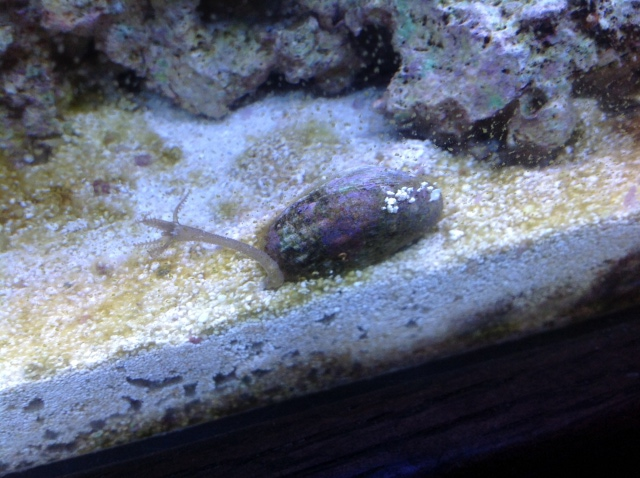 Unknown creature.
QuestionUnknown creature
Unknown creature
Unknown creature.
QuestionUnknown creature
Unknown creature
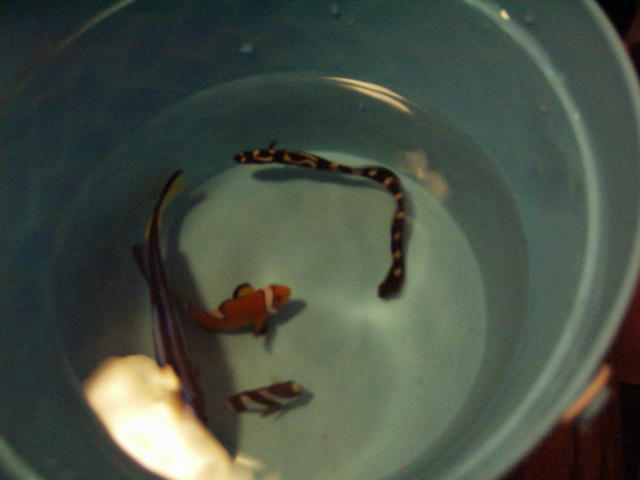 fish id
QuestionQUESTION: I have a long slender fish in my salt
fish id
QuestionQUESTION: I have a long slender fish in my salt
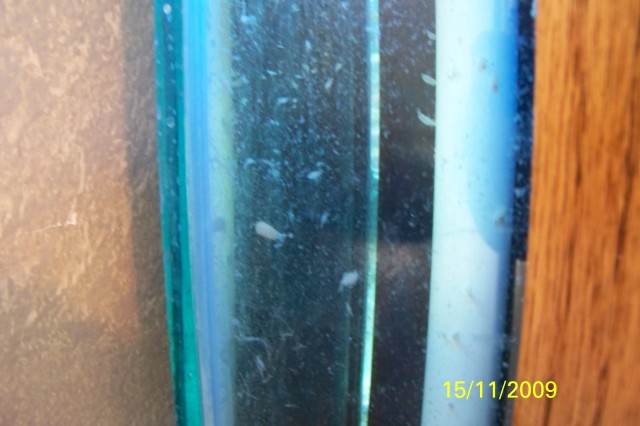 eggs in my tank?
QuestionQUESTION: I just discovered small white cone sh
eggs in my tank?
QuestionQUESTION: I just discovered small white cone sh
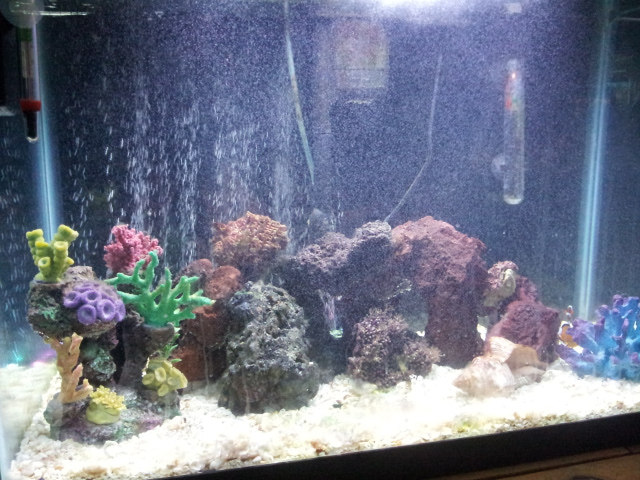 shell fish trouble
Question
my tank
Hey there, im pretty new at the
shell fish trouble
Question
my tank
Hey there, im pretty new at the
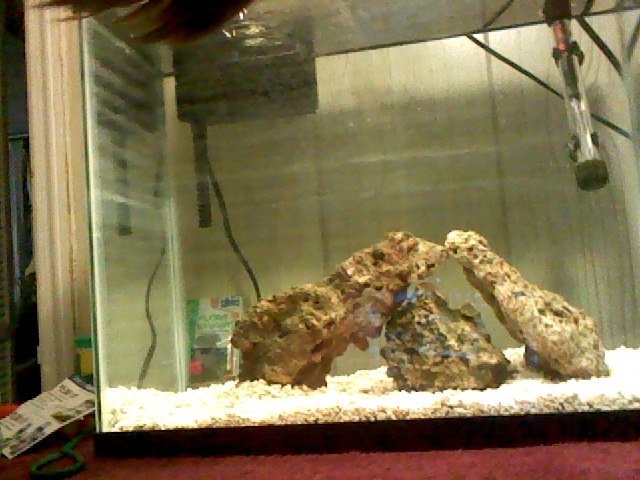 15 gallon FOWLR
Question
un populated
Im am setting up a 15 gallon FOW
15 gallon FOWLR
Question
un populated
Im am setting up a 15 gallon FOW